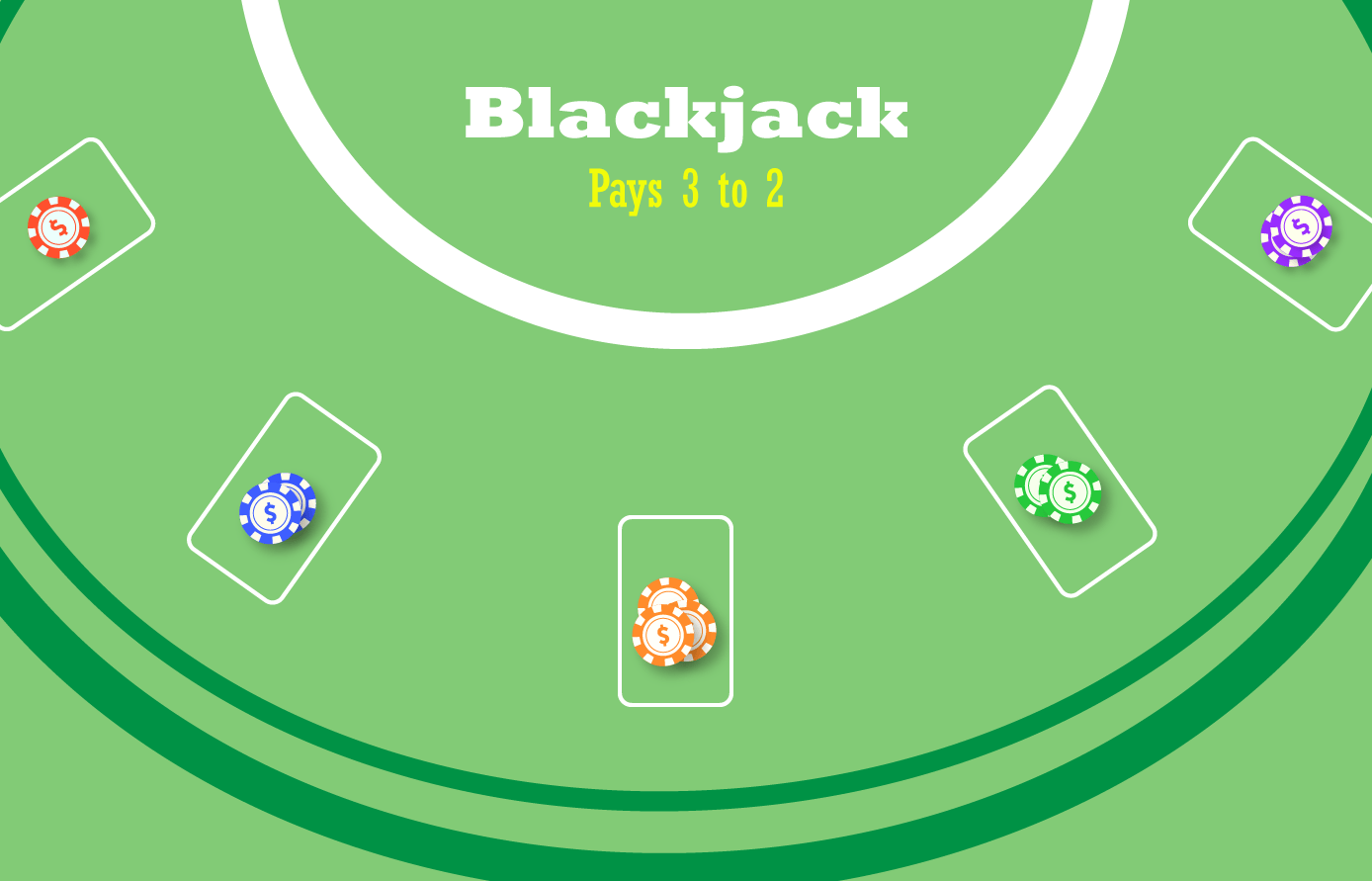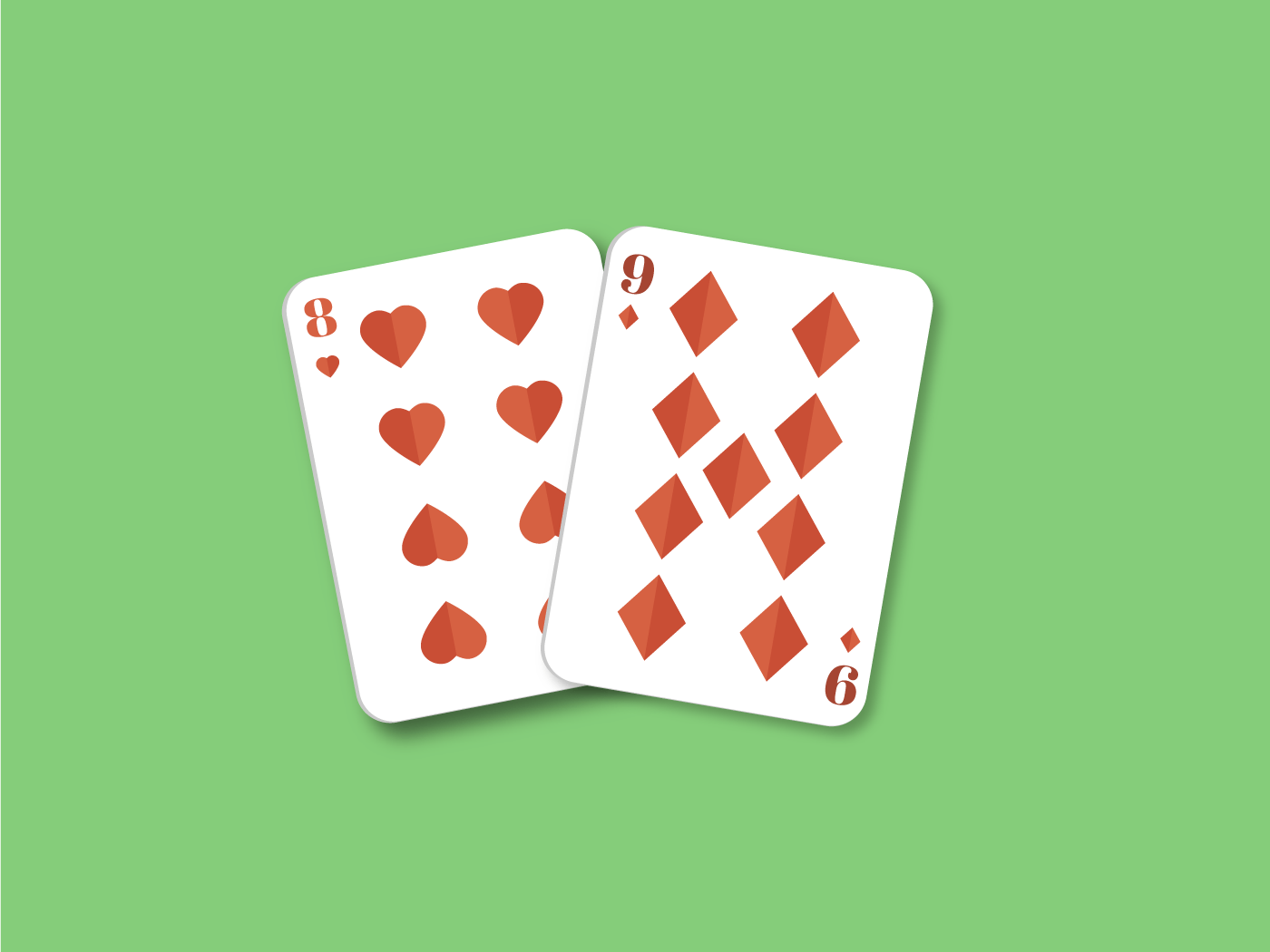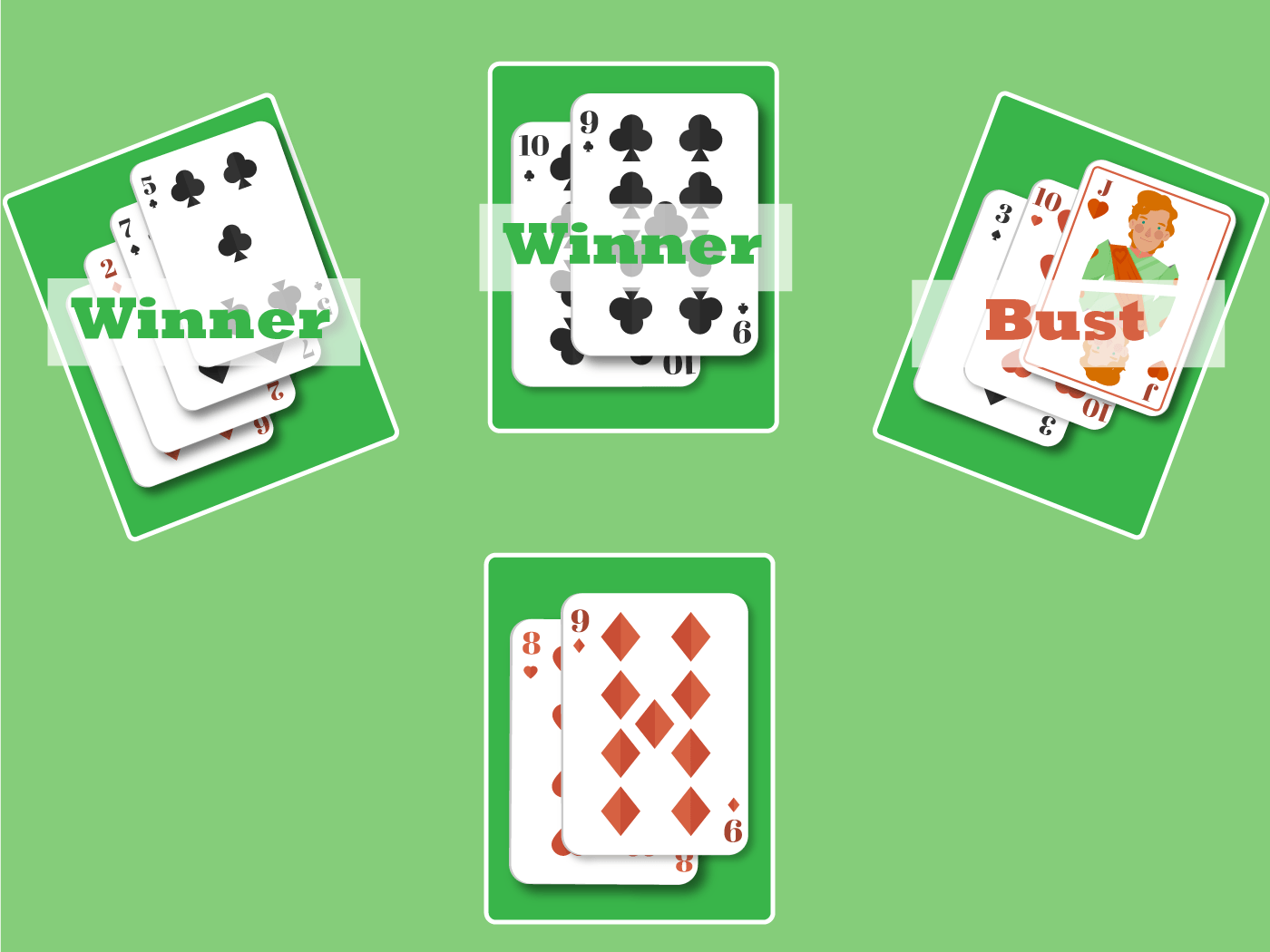A Complete Step-by-Step Guide to Dealing Blackjack
Understanding Blackjack Dealer Procedures and Rules
Dealing blackjack goes beyond distributing cards; it’s about following precise casino protocols and ensuring every round is played fairly and smoothly. Dealers are responsible for shuffling, dealing, enforcing house rules, and keeping gameplay moving efficiently. Knowing the core responsibilities and blackjack dealer rules is essential, whether you’re running a home game or working at a casino.
Here’s a concise breakdown of the dealer’s sequence each round:
- Cards are shuffled and mixed well at the start.
- Each player, including the dealer, receives two cards: one face up and one face down for the dealer.
- Players make decisions-hit, stand, double, split, or surrender-one after another, starting on the dealer’s left.
- After players act, the dealer reveals their hidden card and completes their own hand using strict rules, typically standing on 17+ and hitting on 16 or lower.
- Dealer compares hands with each player, settling bets, paying winners, and returning wagers on ties (pushes).
Let’s walk through the entire process, step by step, from the first wagers to closing out each round.
Blackjack Dealing Sequence: Round Overview
To master blackjack dealing, familiarize yourself with the eight primary steps:
- Invite players to place wagers
- Distribute the first face-up card to each player
- Deal yourself a face-down card
- Deal a second face-up card to every participant
- Process each player's decision and deal additional cards as needed
- Reveal your hole card and finish your hand following house rules
- Compare all hands to decide winners and losers
- Clear the table and collect all cards to prepare for the next round
Step 1: Invite Players to Place Their Bets

Player bets on a blackjack table
Before any cards are dealt, all participants must put their bets on the table. Players indicate they’re joining the round by placing chips in the betting area-usually a marked circle or rectangle just in front of their seat. In a casual setting without marked spots, chips should still be placed clearly where the dealer will deliver cards.
Players who don’t place a wager at this point are excluded from that hand entirely. The dealer (representing the “house”) doesn’t bet and is responsible for facilitating the game. In home games, rotating the dealer role after every round ensures fairness.
Step 2: Distribute the First Face-Up Card to Each Player

A face up card dealt to three players
With bets locked in, deal begins at the player immediately to your left and proceeds clockwise. Gently slide the top card to each player, flipping it face up as you place it in their area. Only the dealer touches cards at a professional table-players should not handle their own.
This process continues until every active player has one face-up card.
Step 3: Deal Yourself a Face-Down Card

The dealer's card shown face down
After all players have received a card, take the next card from the deck and position it face down in front of you. This is your “hole card,” and it remains concealed until after the players’ turns are complete. Take care not to reveal or even peek at this card ahead of time.
Step 4: Deal the Second Face-Up Card to All Participants

Four hands in blackjack with face up cards
Starting at the leftmost player, deal an additional face-up card to each player, sliding it over the first so both values remain visible. This gives each participant their initial two-card hand.
Deal yourself the second card face up, placing it partly over your hidden card-just as you’ve done for the players.
If the dealer’s face-up card is an Ace, remind players that “insurance” is available. This optional side bet pays out if the dealer reveals blackjack.
Step 5: Handle Player Decisions and Deal Additional Cards

All player cards dealt
After everyone has two cards, turn to the player farthest left. They must decide to:
- Stand (keep their hand as is)
- Hit (take another card)
- Double down (double their bet and take one additional card)
- Split (if dealt a pair, split into two hands and double the wager)
- Surrender (if permitted, give up half their bet to fold immediately)
As the dealer, process each option as follows:
If a Player Stands:
Simply move to the next participant.
If a Player Hits:
Deal an extra card face up. If the total is under 21, repeat until the player either stands or busts (exceeds 21). For busts, immediately collect their wager and, in most casinos, sweep their cards to the discard tray.
If a Player Doubles Down:
The player doubles their wager, receives just one more card, and must then stand-no additional hits allowed.
If a Player Splits:
When a player has two cards of the same value, they may split that hand into two. Separate their pair, place a second bet (equal to the original), and play out the left-hand first, completing it before moving to the right. Split blackjacks usually pay 1:1, not the usual 3:2.
If a Player Surrenders:
If the surrender option is available, the player forfeits their hand, losing only half their original bet. Collect half the chips and move to the next hand.
Repeat this process for each player at the table, left to right.
Step 6: Reveal Your Hole Card and Play the Dealer’s Hand

The dealer's hand of an eight and nine
Once all players’ actions are finished, it’s your turn to act as the dealer. Reveal your hole card by flipping it over smoothly.
Dealers must always follow strict house rules: typically, hit on hands totaling 16 or less, stand on 17 or higher, and-depending on the casino or house agreement-either hit or stand on a “soft 17” (a hand containing an Ace valued as 11). It’s important never to deviate from these standards.
Step 7: Compare All Hands and Settle Bets

The final blackjack hands showing the winners
Go through each player's hand from left to right:
- If a player’s total beats the dealer (without going over 21), pay them an amount equal to their wager (1:1).
- If the dealer and player are tied, it’s a “push”-the bet is returned, and no money changes hands.
- A player with a two-card blackjack is paid at the enhanced rate offered by the house (usually 3:2).
- If the dealer’s hand wins, the player's bet is collected by the house.
Repeat this until all hands are resolved.
Step 8: Clear the Table and Prepare for a New Round
After settling all bets and distributing winnings, collect the cards from the table, starting with your own then moving from right to left, stacking them neatly into the discard tray or pile. Skilled dealers do this in one smooth sweep, keeping the game moving quickly.
For single-deck blackjack, these cards can be shuffled back into play as needed. Once the table is clear, you’re set to begin the next hand-return to Step 1 and repeat the full process.
Essential Blackjack Dealer Rules Recap
Before you start dealing, keep these vital rules top of mind:
- The dealer must hit on any hand totaling 16 or less, and stand on totals of 17 or more, unless specific house rules apply.
- Be sure to clarify whether the house hits or stands on a soft 17 before beginning, especially in home games.
- Always inform players when the insurance bet is available (dealer’s upcard is an Ace).
- Decide if surrender is an option in home games, and explain the procedure if so.
- Deal cards and settle hands moving consistently from left to right to maintain order.
With these steps and guidelines, you’ll be equipped to confidently deal blackjack in any setting, ensuring fair play and a smooth-flowing game for everyone at the table.













